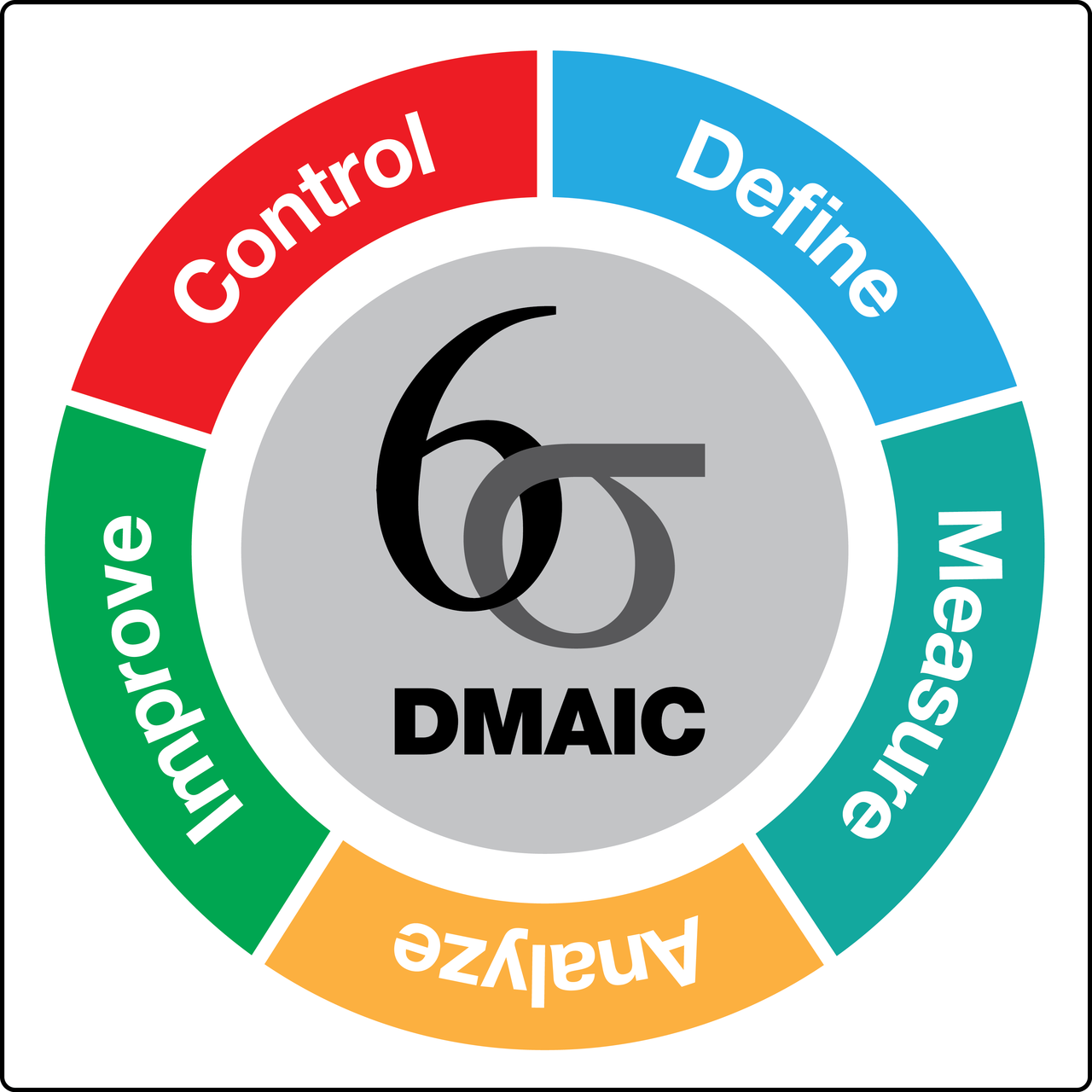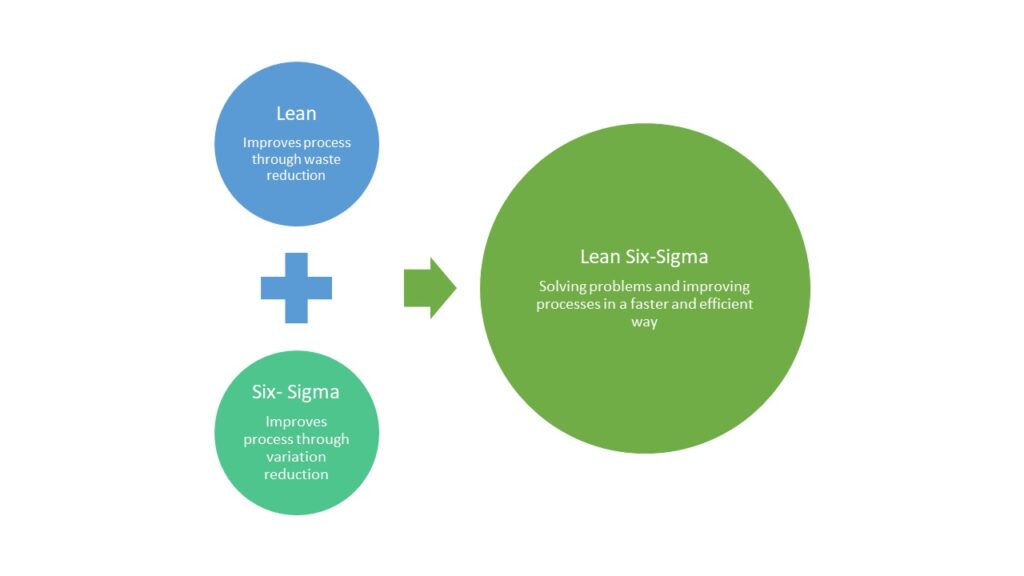Fayetteville Residents - Learn Lean Six Sigma’s History Here
Contact Us

Lean Six Sigma is a method that has been used in manufacturing for many decades. It can be applied to other industries or used as needed, depending on how experts handle it. Because it is structured, organizations can achieve tangible results and continue to improve their performance. At Lean Six Sigma Curriculum for Fayetteville High School Students of North Caroline, we are experts in the subject and make sure that we teach it to anyone who wants it, starting with Lean 6 Sigma history and how everything has progressed over the years.
We recommend that you learn as much about the history and benefits of certification and training before you decide to invest your time in this. This will allow you to make an informed decision on whether or not this is what you are looking for as well.
This methodology was designed to help companies prioritize customers and ensure that processes are efficient and clean while implementing these priorities. When done correctly, the methodology can also reduce costs and eliminate waste. It is important to make sure that quality and performance are top-of-mind at all costs as well, which means there’s a lot to consider while implementing Sigma.
This approach not only achieves the above-mentioned goals but also increases customer satisfaction and reduces lead time. It draws on the existing knowledge and experience of all those involved.
Lean Six Sigma improves process and quality. It uses two different methods, making it easy to do this:
- Lean, is about increasing flow and creating value.
- Six Sigma is committed to efficient and stable processes.
LSS was created from these two methods to address the problem with Japanese methods. One of those is the Kaizen methodology and how it boosted companies’ production, manufacturing, and performance. They could concentrate on customer satisfaction as the USA was falling behind in terms of results.
Lean Six Sigma Principles & Origins
Before you can implement Lean Six Sigma, it is important to understand Lean and Six Sigma logic and their founding principles.
First, remember that LSS is a solution for Japanese manufacturing. Many of the methods used in Japan influenced its creation:
- Kanban is a method for workflow management. By visualizing the work and limiting it to a specific time, you can improve your productivity and efficiency.
- Kaizen will promote a culture that encourages self-development and continuous improvement. LSS America must be competitive in America with the Japanese market.
- Value stream mapping for optimizing your process delivery;
- Five steps to optimize work using the 5S model
With this clear, it allows us to concentrate on the history of LSS and the main methodologies mentioned earlier: Six Sigma and Lean.
What Are Six Sigma and Lean?
Both methodologies have been around for decades. In fact, Lean was even invented before Six Sigma. Toyota developed Lean manufacturing in the late 1940s to decrease non-value-adding activities.
Lean management’s core values include:
- Your guide is your customers’ perspective.
- Reduce all work-related waste.
- Keep improving is the key.
This idea suggests that employees should actively participate in organizational change to foster excellence. Lean believes that continuous learning and improvement are two of the most important pillars to ensure everyone is active and satisfied with the results.
As mentioned previously, Lean’s foundations were derived from Toyota Production Systems (TPS). Its founder was Japanese Taiichi Ohno, while Lean was created on Henry Ford’s innovations as well as Business Process Redesign.

Take a closer look at its ideals, principles, and values:
- Lean begins with determining the customer’s added worth.
- It is possible to map the value stream and how processes.
- This will allow you to identify and increase your waste flow. To expose waste, data is collected and shared. This is the first step to improving the process.
- Next, Lean is about setting it up so that customers can ask for it, and it delivers when they need it.
- Employees will be able to identify areas where they can improve and work together to fix them. This allows for process-wide thinking, and everyone is focused on meeting the customer’s needs smartly, efficiently, and effectively.
Now, let’s move on to the next methodology. Six Sigma is data-driven, and the method was developed by Motorola and has been used successfully by General Electric. Six Sigma is a process improvement technique that dates back to 1980 and is used primarily by these companies to reduce variability in manufacturing processes.
Six Sigma’s structure is centered on the DMAIC option. Define, Measure, Analyze, Improve, Control. This can be used in manufacturing, but it is also useful in many other industries for automating their processes and procedures.
Six Sigma Today: How it Ends Up in the USA
This methodology was developed to allow American companies to compete with Japanese manufacturers. It is a combination of both existing methodologies and the ones you need to learn as well.
It was a valuable addition to the industry as it improved processes and eliminated waste. This allowed for growth without sacrificing customer service.
Lean Six Sigma in the USA is not limited to manufacturing. It has been demonstrated by practitioners how healthcare, education, and other industries can reap the rewards of Lean Six Sigma implementation and application.
Schools and educational institutions can create systems that are more effective and easier to use. LSS can also be taught to students, which will improve their job prospects and career prospects.
It has many benefits and can increase your professional and personal opportunities. Contact Lean Six Sigma Curriculum Pros of Fayetteville if you’re interested in learning more or getting involved!

